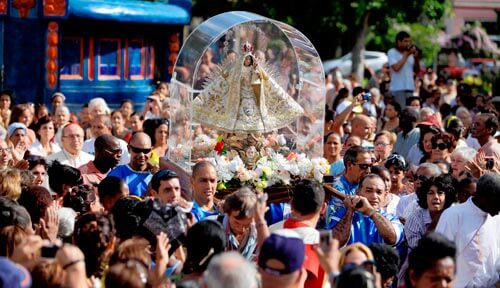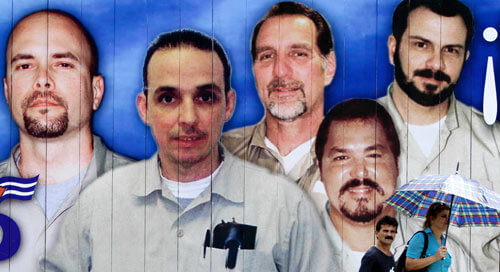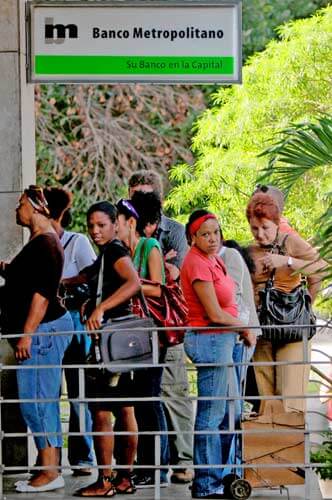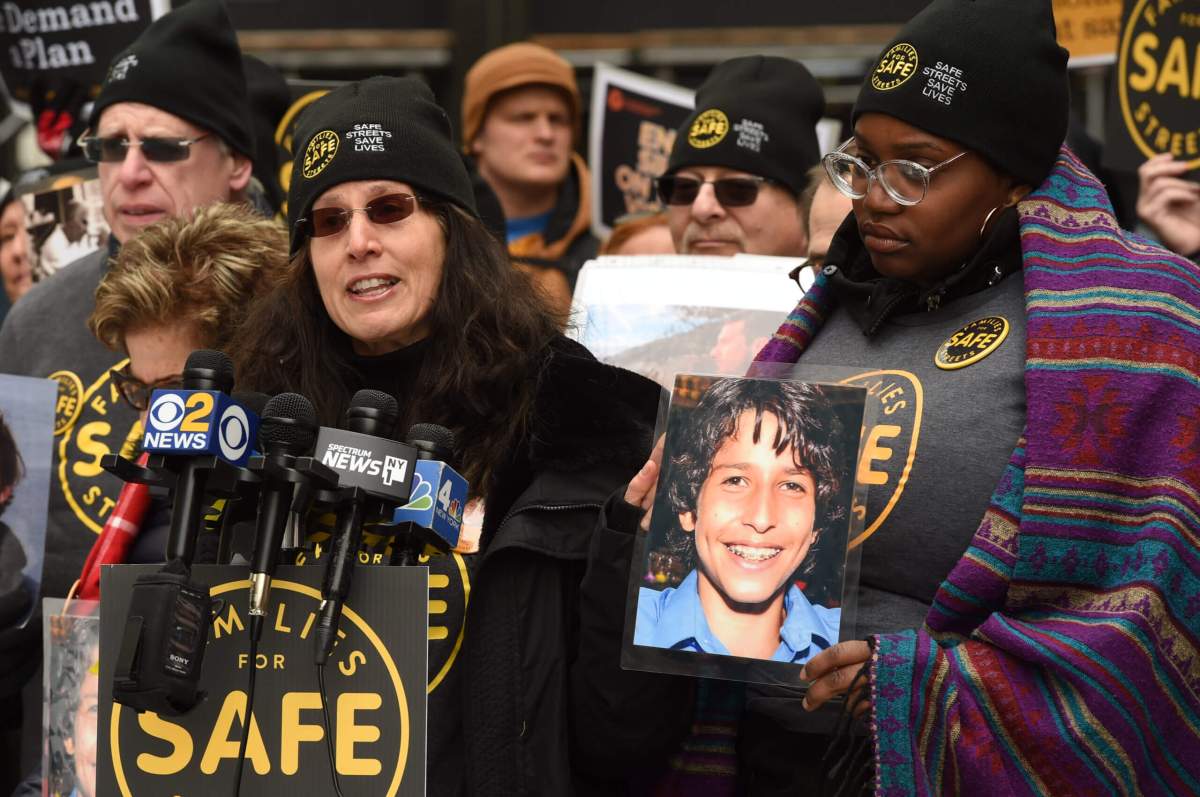HAVANA (AP) — Pope Benedict XVI will visit Communist-run Cuba this spring, a senior Roman Catholic Church official said Thursday, the first trip by a pontiff since John Paul II’s historic tour in 1998.
The exact date of the trip, which coincides with the 400th anniversary of Cuba’s patron saint, will be announced in Rome early next week, according to Monsignor Jose Felix Perez, executive secretary of the Cuban Bishops Conference.
“It will be a moment for energizing the faith in Cuba. It will give strength and vigor to the faith in Cuba,” he said. “The visit should be one of peace and reconciliation.”
Cuba’s church has played an increasingly important role in Cuba in recent years, helping negotiate the release of political prisoners in 2009 and 2010, and even consulting with President Raul Castro and his advisers on free-market changes he is pushing to save the island’s economy from ruin.
Vatican officials have said that the pope also is considering a visit to Mexico, and the Dec. 12 date for announcing the schedule for his trip coincides with celebrations of Mexico’s patron saint, the Virgin of Guadalupe.
Benedict, 84, has limited his travels mostly to Europe, both to spare him from long trips and to focus his efforts on a continent where Christianity has fallen by the wayside. He did visit Brazil in 2007 and has said he hopes to return in 2013 for World Youth Day, the church’s youth festival. And he has a trip to Benin coming up later this month, the second to Africa in his six-year-pontificate.
Following the 1959 Cuban Revolution, as Fidel Castro increasingly embraced Marxism and the Soviet Union, anti-clerical actions increased: Authorities discouraged Christmas celebrations, closed religious schools in 1962 and barred Communist Party membership to people of religious belief.
But relations began easing after the Cold War. Cuba removed references to atheism from the constitution in the 1990s and allowed believers of all faiths to join the party.
Then came John Paul’s visit in 1998, when Castro shed his trademark olive-green fatigues for a business suit and tie and to greet the pope personally at the airport.
The pontiff celebrated a mass at a packed Revolution Square, calling for “Cuba to open to the world, and the world to open to Cuba.”
Nothing so groundbreaking is expected of the Benedict visit, but it will nonetheless be a historic moment.
“I’m not a believer, but a visit from a personality such as the pope always means something and it will be great for the country,” said Roberta Lara, a 45-year-old in Havana. “I remember the visit by John Paul II; that was something very grand, emotional, that united the people. I think that in these times, (Benedict’s trip) will be very important.”
Perez said the pope would meet with members of President Raul Castro’s government, and may discuss the economic reforms that have already made it much easier for Cubans to do things like go into business for themselves, take out loans and buy and sell their homes and cars.
“What will be the content of their conversations? It’s difficult to foresee. … The changes that are already under way, which are perhaps too timid in my personal opinion, that is a matter that will probably appear.” Perez said. “But it’s not the purpose of the Holy Father’s visit.”
Perez said Benedict’s primary motivation is to make a pilgrimage in honor of the Virgin of Caridad del Cobre, the patron of Cuba. A relic of the virgin has making its way around the island this year.
Benedict “has a special affection toward the Church and people of Cuba for the social conditions in our country,” Perez said.
Cardinal Jaime Ortega, head of the Cuban church, played a key role in helping broker the deal to free the last of 75 opposition activists, intellectuals and social commentators who were imprisoned in a 2003 crackdown on dissent.
The last were release earlier this year. Many went into exile in Spain with their families.



















